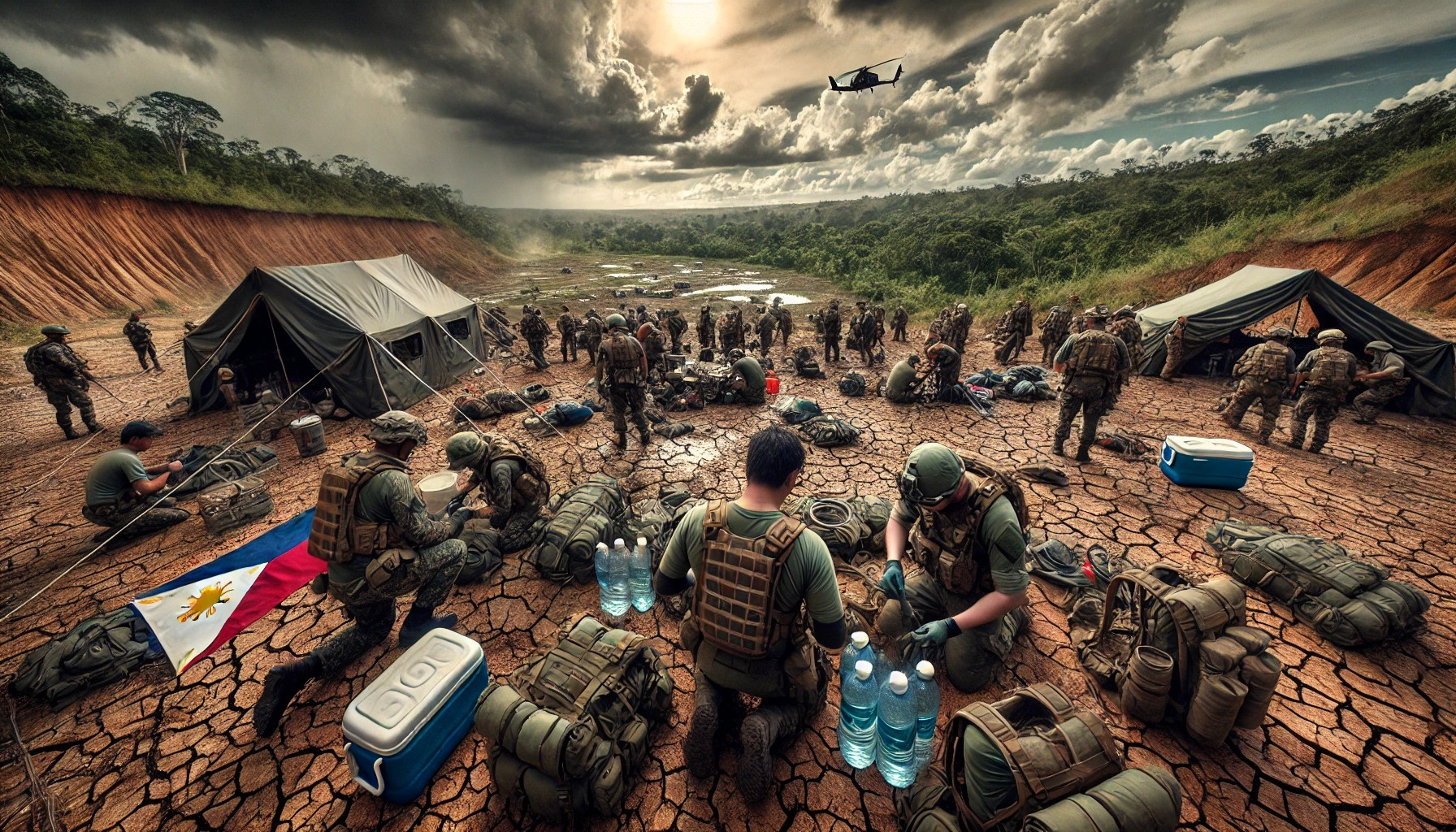Philippine Training Event Highlights Climate Challenges in Disaster Response
In the Philippines, a recent training event has highlighted the severe challenges posed by the country’s harsh climate, significantly impacting the sustainment of operations and personnel. This event, aimed at improving disaster response and readiness among military and emergency services, faced unexpected difficulties due to extreme weather conditions, emphasizing the need for robust adaptation strategies.
The training, conducted in a remote area known for its hot and humid climate, subjected participants to grueling conditions. Temperatures soared well above average, reaching highs that posed significant health risks such as heat exhaustion and dehydration. The intense heat not only affected the physical well-being of the trainees but also strained the logistics of maintaining adequate water supplies and medical support.
Adding to the challenge were unpredictable weather patterns, including sudden thunderstorms and heavy rainfall. These conditions disrupted training schedules and posed safety risks, particularly in outdoor exercises that required physical exertion and equipment handling. The frequent weather changes also complicated efforts to maintain communication and coordination among various units participating in the event.
The harsh climate also underscored existing limitations in infrastructure and resources. Many training areas lacked adequate shelter and cooling facilities, making it difficult to manage the adverse effects of the weather on personnel. Additionally, the wear and tear on equipment due to high temperatures and humidity highlighted the need for more resilient and climate-resistant materials and technologies.
Despite these challenges, the training event provided crucial lessons in adaptation and resilience. Organizers and participants quickly adjusted protocols, implementing measures such as increased hydration breaks, the use of cooling vests, and modified training schedules to avoid peak heat periods. These adaptations not only helped mitigate the immediate impact of the harsh climate but also contributed to the development of best practices for future operations in similar conditions.
The experience emphasized the importance of integrating climate considerations into training and operational planning. It highlighted the need for enhanced weather monitoring, improved infrastructure, and greater emphasis on climate resilience in both personnel training and equipment procurement.

